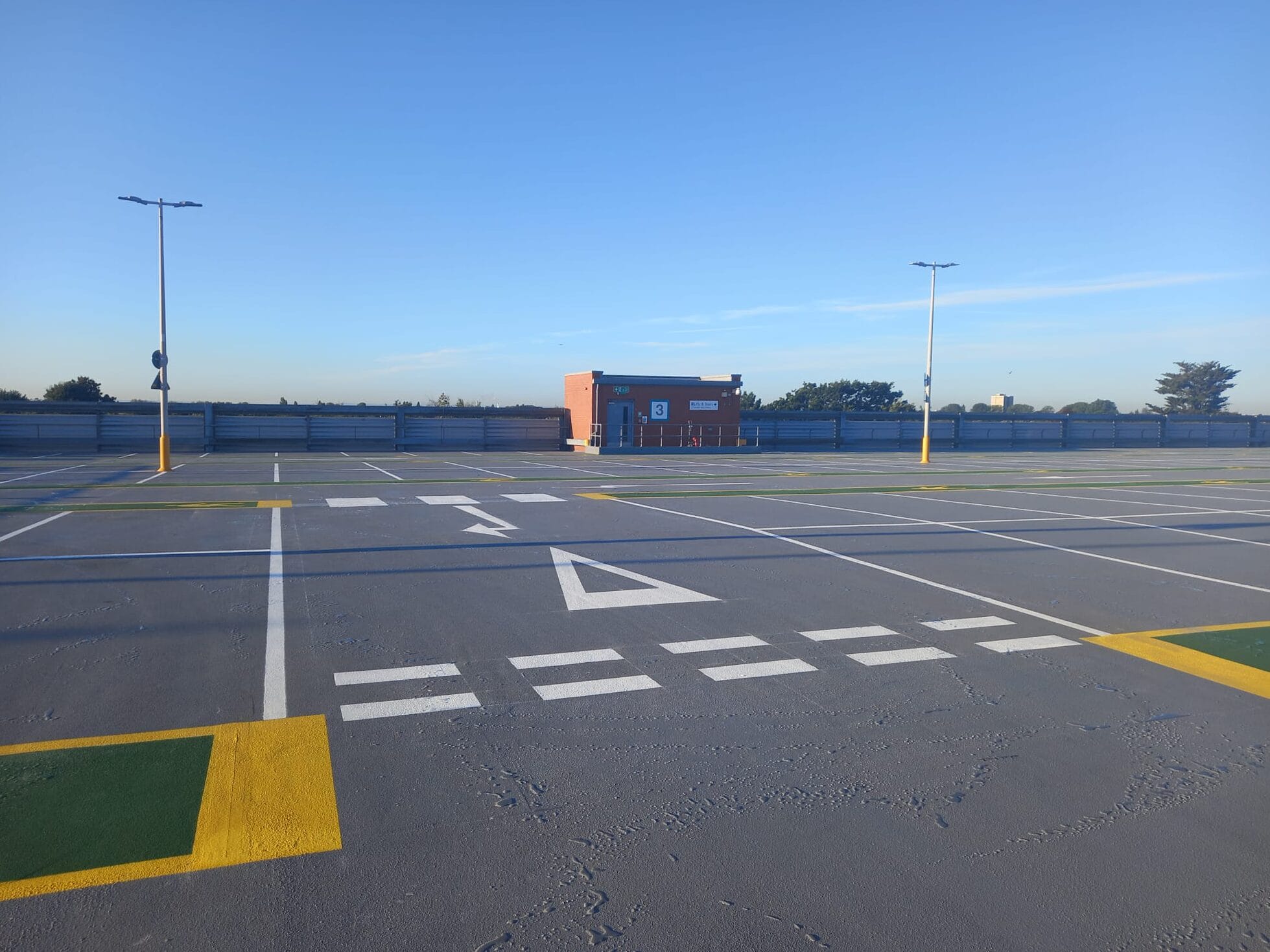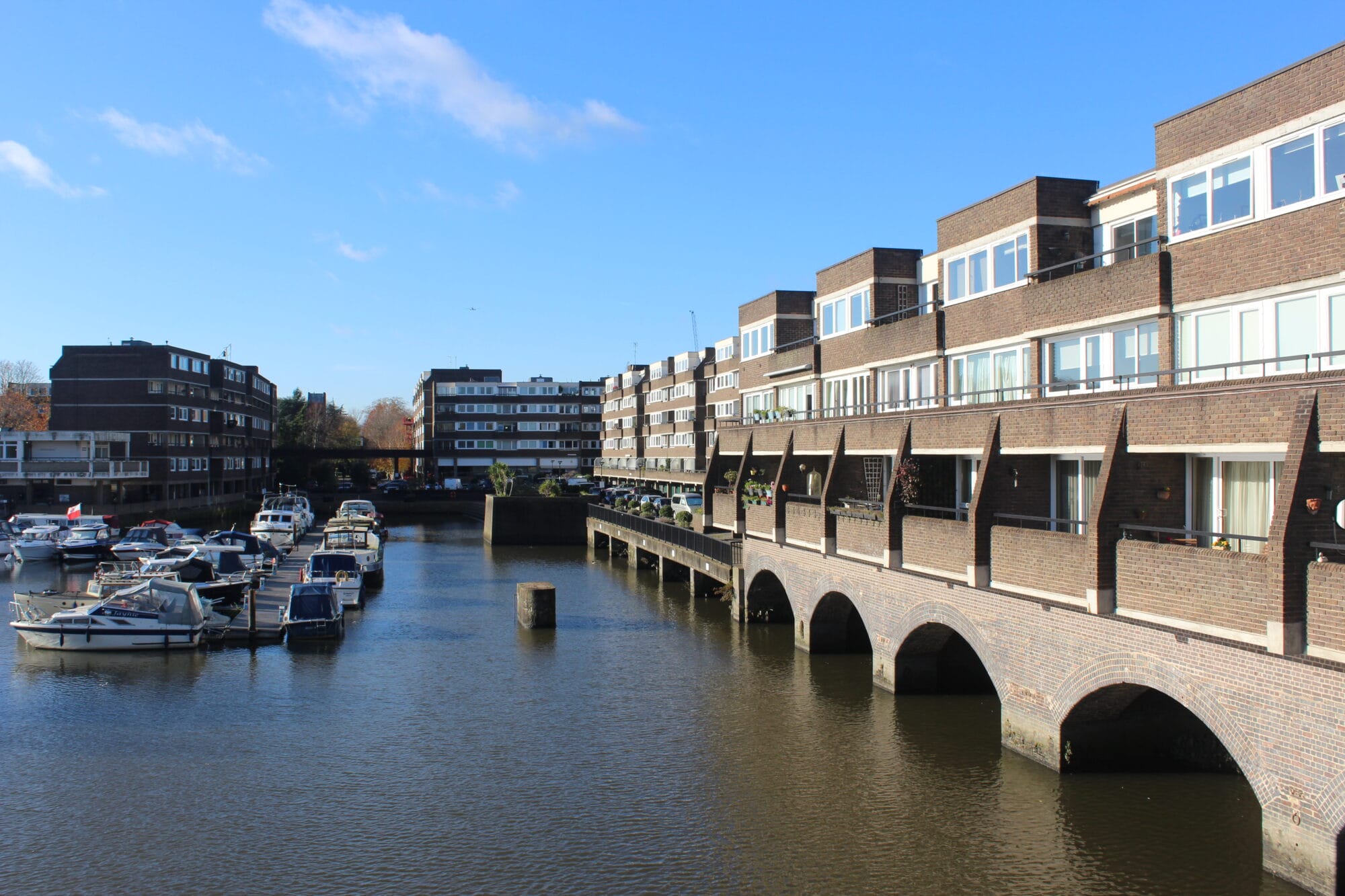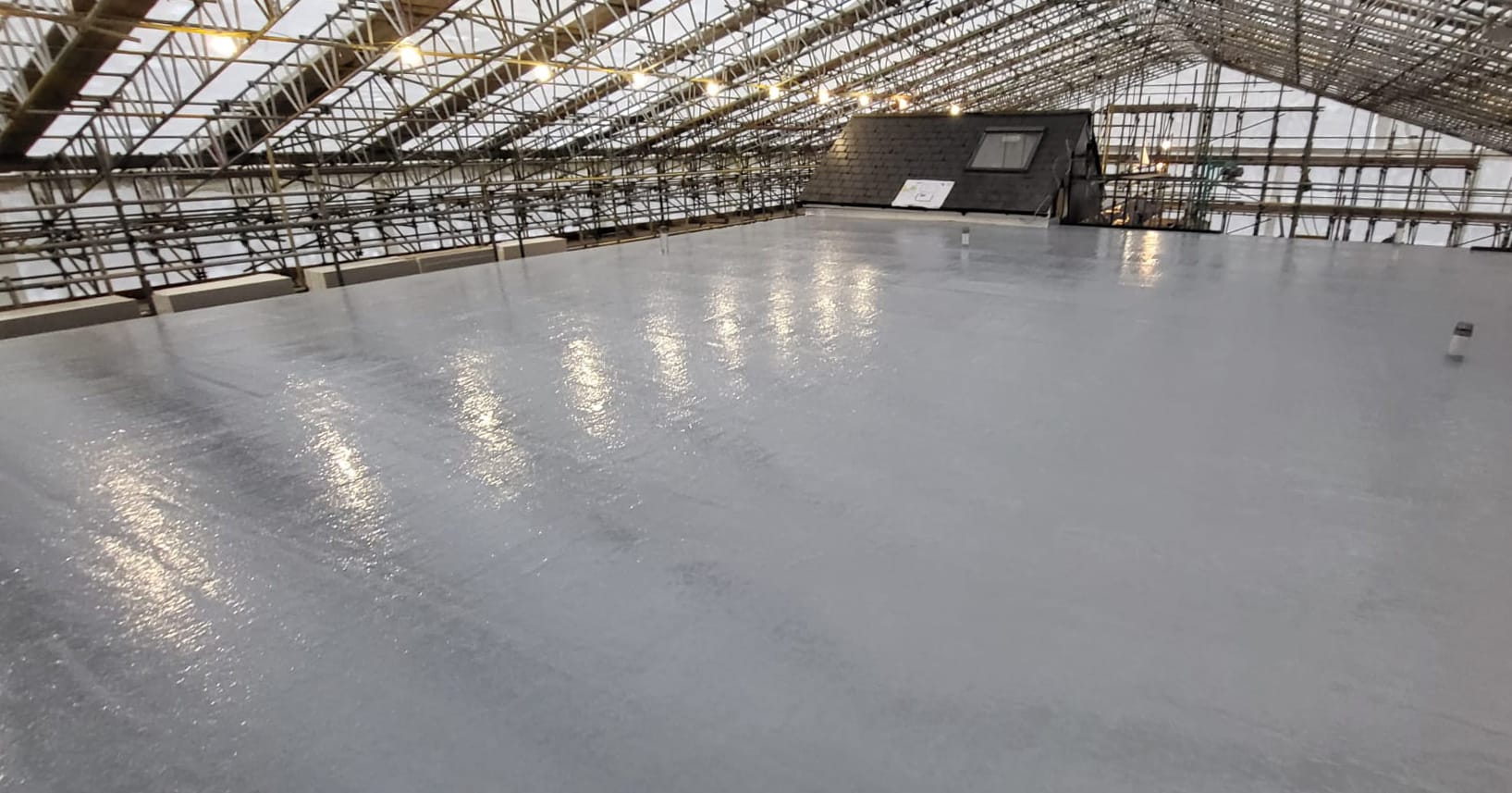Brick Repair
Cracks in masonry are the result of movement beyond that which can be accommodated by the construction materials. Buildings tend to crack where masonry is over-stressed and least restrained, such as at window and door openings or at corners.
The movement is usually caused by variations in moisture content in the walls, or in the ground that supports them, temperature variations or by chemical reactions. Some movements are cyclic and reversible, many are permanent. Cemplas recommendations may be replacement of the damaged bricks, or depending on location resin injection as a more cost effective durable repair compared to removing and rebuilding the cracked area.
Cracks in brick walls can be divided into three categories:
Active
Those which are increasing in width and/or length
Passive
Those which are no longer increasing in width or length
Cyclic
Those which open and close seasonally
Generally, unless the history of the building known, determining the category of cracks can be difficult and will often require the input of a structural engineer who will regularly monitor the cracked brickwork over an extended period of time before arriving at a conclusion as to how an active crack can be made passive.
Crack repair Solution
A cracked masonry wall cannot function as the composite unit for which it was designed until its integrity has been restored and the wall strengthened to at least its pre-cracked state.
Generally, cracks that are passive or cyclic and less than 5mm in width can be repaired by simple crack stitching techniques, which use bed joint reinforcement rods that are bonded into mortar joints to improve the tensile and flexural strength of the masonry.
An accurate survey will establish the true cost of repairs at the outset thus avoiding the possibility of cost implications during the contract period. Cemplas also provides remedial treatment for new buildings. These relate to problems usually caused by a building mistake during construction.


















